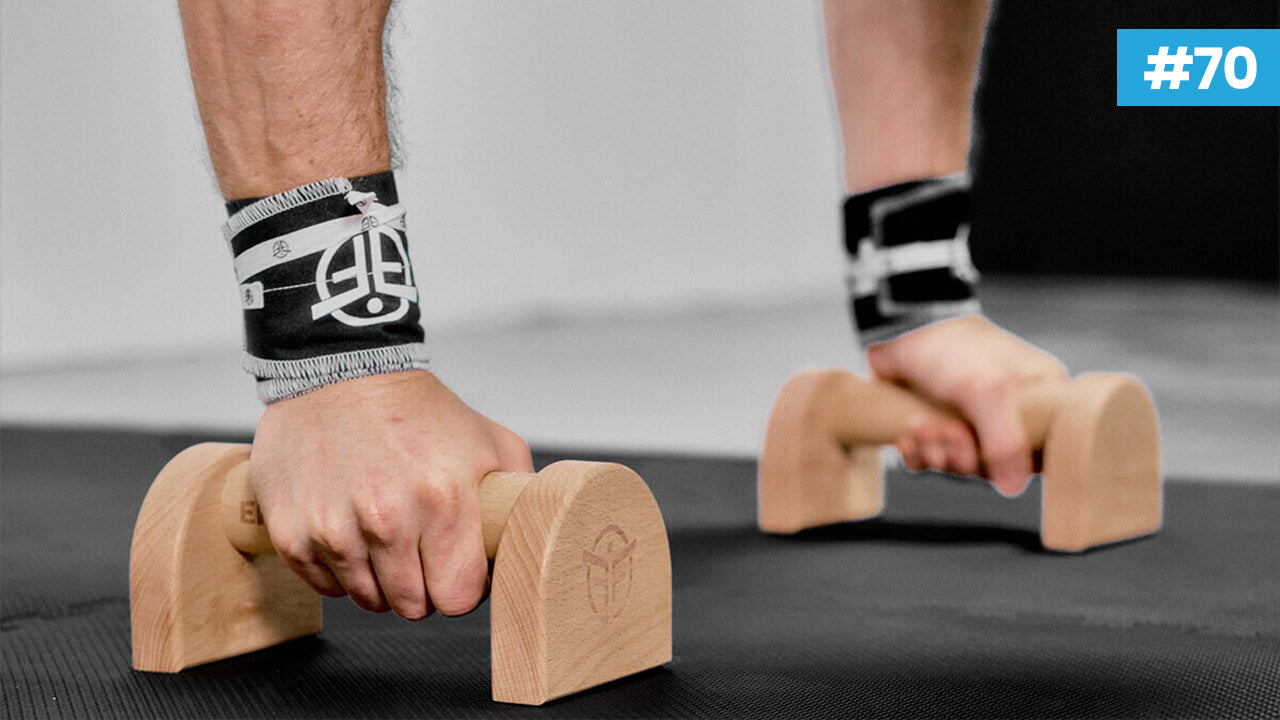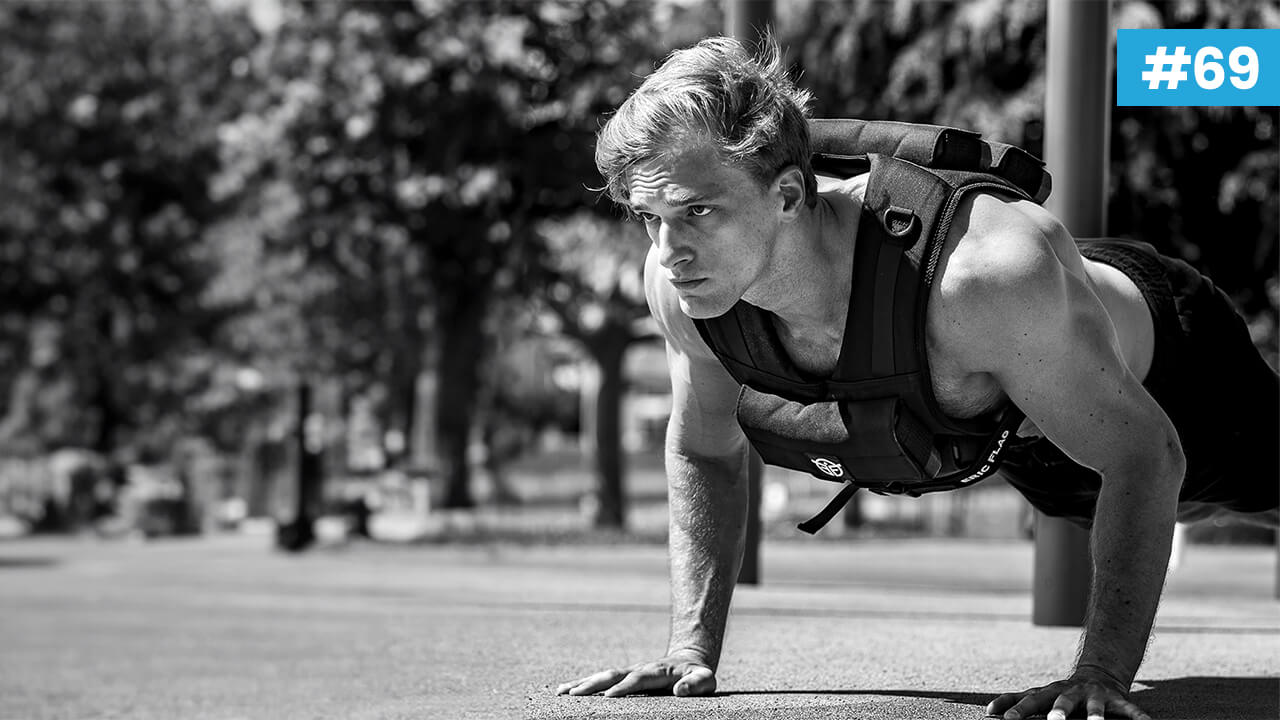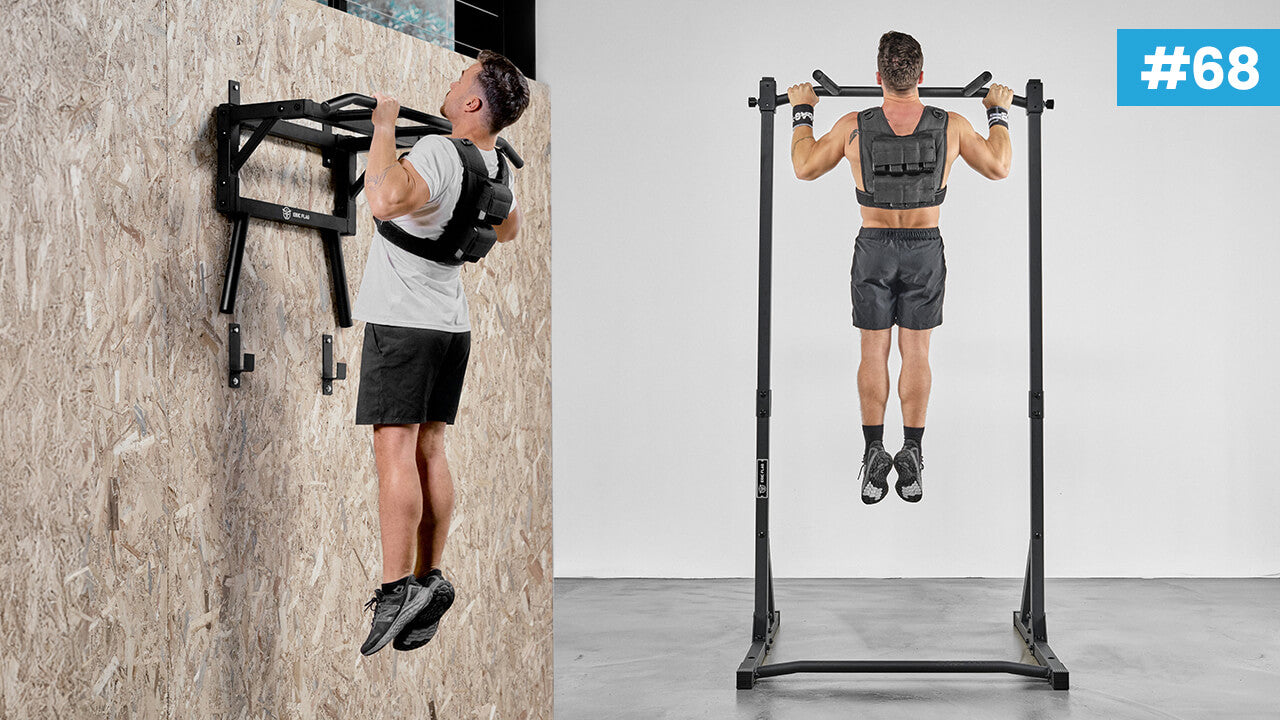Bulgarian lunges: how to master them for stronger legs?
Want to strengthen your legs, gain stability and develop real functional power? Bulgarian lunges are one of the best exercises for that 💪
They train the quadriceps, glutes and hamstrings and improve your balance, without requiring a lot of equipment - a simple bench or support is all you need.
In this article, you'll discover how to perform them properly, why they're so effective and how to adapt them to your level.
Let's go! 🔥
What exactly are Bulgarian lunges?
Bulgarian lunges are an advanced version of the classic lunge. What makes them so special is the fact that your back foot is raised. This increases the tension on your front leg and forces your body to work harder to stay stable.
Popularized by Bulgarian trainer Angel Spassov in the 1980s, this exercise was designed to develop strength, agility and balance in top-level athletes. Today, it is used by athletes the world over for its formidable effectiveness.
How do I perform this exercise?
-
Place the top of your back foot on a stable support at knee height.
-
Move your other leg forward far enough to keep your balance.
-
Lower slowly until your front thigh is parallel to the ground.
-
Push up hard into the heel of your front leg.
Keep your torso upright, your hips aligned and your gaze forward.
Why Bulgarian lunges?
1. Develop leg strength
This is one of the best exercises for targeting the legs unilaterally. Quadriceps, glutes, hamstrings: everything is activated in depth. You strengthen each leg separately, thus correcting muscular imbalances.
2. Improve balance and coordination
With one leg in the air, your body has to adjust constantly. The stabilizing muscles in your trunk, hips and knees work continuously. The result: you gain greater control and quality of movement, whether in weight training or in sport in general.
3. Strengthen joints
By targeting the muscles around the knee and hip, you improve their stability. It's a great way to prevent injury and support the longevity of your joints.
The best variations of Bulgarian lunges
You can easily adapt this exercise to your level or goals:
-
Body weight: ideal for beginners or as a warm-up.
-
With dumbbells or kettlebells: to increase load and difficulty.
-
Goblet position: a dumbbell in front of the chest to improve posture.
-
With resistance bands: progressive resistance throughout the movement.
-
Pause at bottom: marks a 2-second pause at the bottom of the movement for added tension.
-
1.5 repetitions: add a half-repetition to each movement to intensify the work.
Common mistakes to avoid
-
Knee that extends too far beyond the toes: increases stress on the joint. Keep your knee above your ankle.
-
Front foot too close: this limits amplitude and makes the movement unstable.
-
Rounded back: remains straight and engaged throughout the descent.
-
Lack of warm-up: mobilize your hips and activate your glutes before you start.
In a nutshell
Bulgarian lunges are a must if you want to make serious progress. They strengthen the legs, improve posture, balance and coordination, while helping you to prevent injury. And they can be adapted to all levels.
Incorporate them into your program now and watch the progress. There's nothing magical about this exercise, but with regularity and the right technique, the results speak for themselves.
FAQ
What are the main muscles involved in Bulgarian lunges?
Bulgarian lunges primarily target the glutes and quadriceps. But that's not all: you also engage the hamstrings, adductors, abductors, abs and deep core muscles.
It's a complete exercise, both for the lower body and overall stability.
What is the correct technique for executing a Bulgarian lunge without risking injury?
Here's how to do a Bulgarian lunge safely:
-
Face a bench or knee-high surface.
-
Place the top of your back foot on the bench.
-
Move your front leg forward so that your knee remains in line with your toes as you descend.
-
Keep your torso tilted slightly forward, shoulders pulled back, abs engaged.
-
Lower gently until your front thigh is parallel to the ground (or lower, depending on your mobility).
-
Push in your heel to go up, without ever losing stability.
What mistakes should be avoided when performing Bulgarian splits?
When performing Bulgarian splits, several common mistakes must be avoided:
- Incorrect starting position: avoid placing the front leg too far back, which reduces the range of motion.
- Bent back: keep your back straight to avoid unnecessary tension and imbalance.
- Loose buttocks and abdominal muscles: ensure that the buttocks and abdominal muscles are taut for adequate stability.
- Knee valgus: prevent the knee from moving inwards.
- Shallow descent: make the descent deep enough to engage the target muscles.
- Lack of stabilization: ensure good central stabilization to maintain balance.






2 comments
Great article! Clear explanation, helpful progressions, and solid tips for improving form. Perfect for anyone looking to master Bulgarian lunges.
Thomas Guldentops
The article is super relevant. It explains well which muscles are targeted when performing this exercise, how to perform the exercise without injuring yourself etc. A really good article on how to do Bulgarian lunges without injuring yourself!
TRIBALLEAU Clara
Leave a comment
This site is protected by hCaptcha, and hCaptcha's Privacy Policy and Terms of Service apply.